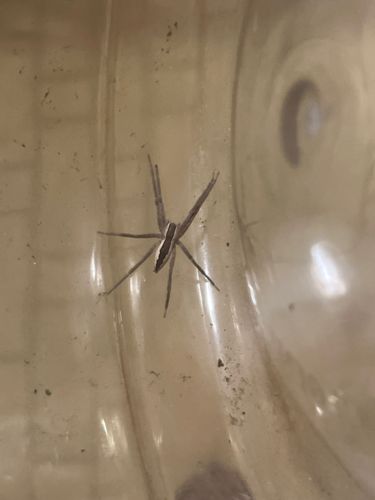Grass Spider
Scientific Name: Agelenopsis spp.
Order & Family: Order Araneae, Family Agelenidae
Size: Females typically measure 10-20mm in body length, while males are slightly smaller, 9-16mm.

Natural Habitat
Grass spiders build distinctive funnel-shaped webs in grassy areas, shrubs, dense foliage, and sometimes in corners of buildings or near foundations.
Diet & Feeding
They are predators, feeding on various small insects that get trapped in their funnel-shaped webs, such as flies, mosquitoes, and small beetles.
Behavior Patterns
Grass spiders are known for constructing a large, flat sheet web with a funnel retreat to one side. The spider waits in the funnel, and when prey lands on the web, it quickly rushes out to capture it. They are very fast runners. Males actively search for females for mating, especially in late summer and early fall.
Risks & Benefits
Grass spiders are generally harmless to humans. Their venom is not considered medically significant, and bites are rare and typically cause only mild, localized reactions. They are beneficial in gardens and ecosystems as natural pest control, helping to reduce populations of nuisance insects.
Identified on: 10/9/2025